The S10L is a mid-range model in Chinese manufacturer Gionee’s expansive smartphone lineup, and is predominantly aimed at the domestic market. The device is powered by Mediatek’s Snapdragon 625-rival Helio P25 and 6GB of RAM, offering plenty of processing power at an affordable price point. The chipset also supports dual-camera setups, and in the camera department, the S10L combines a 16Mp main camera with a f/1.8-aperture lens and a secondary 8Mp sensor, allowing for a background blurring bokeh effect. A 5.5-inch 1080p display rounds out a specification sheet that appears to have plenty to offer to mobile photographers. Let’s see how the Gionee S10L shapes up in our DxOMark Mobile testing.
Key camera specifications:
- 16Mp / 8Mp dual-camera
- f/1.8-aperture lens
- 27mm equivalent focal length
- LED flash
- 1080p / 30 fps video
- Bokeh mode
About DxOMark Mobile tests: For scoring and analysis in our smartphone camera reviews, DxOMark engineers capture and evaluate over 1500 test images and more than 2 hours of video both in controlled lab environments and in natural indoor and outdoor scenes. This article is designed to highlight the most important results of the testing. For more information about the DxOMark Mobile test protocol, click here.
Test summary
With an overall DxOMark score of 66, the Gionee S10L cannot quite keep up with the current crop of high-end smartphones, but performs on a similar level as some of its mid-range rivals, such as the Meizu Pro 7 Plus and the Lava Z25. A Photo score of 71 indicates that the S10L is best used in still image mode, where it can capture good exposure and decent color. Dynamic range, detail, and noise leave some room for improvement, though. The lower Video score (57 points) is mostly due to a lack of continuous autofocus and inefficient stabilization.
Bright light
In bright light, the Gionee S10L is capable of capturing nice images with good exposure and slightly warm but otherwise good color. With HDR mode disabled by default, dynamic range is a little limited, however, resulting in both highlight and shadow clipping in high-contrast scenes. When zooming in to a 100% magnification, some pixel-level imperfections become visible as well. Levels of fine detail are pretty low, and coarse noise is quite noticeable in areas of plain color, such as in the blue sky in the sample image below. There is also a loss of sharpness towards the edges of the frame, but artifacts are otherwise mostly well-controlled.
Low light and Flash
In lower light, the S10L continues to capture good exposures until light levels drop to below 5 Lux, which takes the sensor’s light-gathering capabilities to their limit. Color rendering shows a similarly warm cast as in brighter conditions, but color-shading (slight color variances between different areas of the image) is more noticeable at low-light levels and under artificial light sources, as is vignetting. At pixel level, we again see aggressive noise reduction causing low levels of detail. And unfortunately, coarse luminance noise is still quite intrusive in many low-light images. Overall, the Gionee camera has not found an ideal compromise between noise reduction and detail retention.
Flash shots show the same low levels of detail and strong noise as regular low-light images. Noise tends to be especially intrusive in the corners of the image, where we can also observe a pronounced light fall-off. Subjects are often a touch overexposed and a slight pinkish cast is visible. Overall, the S10L flash exposures are usable, but as with many smartphones, flash is best reserved for emergency situations.
Zoom and Bokeh
The Gionee S10L comes with a dual-camera setup, but it does not use the secondary lens for zooming. The Gionee has to make do with conventional digital zooming, and while results at a 2x factor are acceptable, things go downhill at longer zoom factors (as you can see in the 4x sample below). Such images show very little detail and strong coarse noise. If you click through to the full-sized version of our sample below, you’ll also see “grid-like” artifacts around the edges of the main subject in the image. Note, too, that the Gionee’s maximum zoom factor is 4x.
Bokeh mode makes use of the secondary camera, but the results leave quite some room for improvement. Subject isolation is poor, and despite the camera’s featuring face detection, even the portrait subject’s face is sometimes partly blurred. Background blur tends to be unnaturally strong, and the transition between sharp and blurred areas is very abrupt, generating quite unnatural-looking images overall.
Video
At 57 points, the Gionee S10L’s Video score is notably lower than for Photo. In many respects, video image quality is quite similar to that of still images, with decent exposure and color — but also with low levels of detail and limited dynamic range. Noise is pretty well-controlled in bright light, but becomes more visible at lower light levels. We also observed some white balance casts in several different lighting conditions.
Video mode’s main problem is an autofocus system that does not feature continuous autofocus. The camera sets the focus at the start of recording, which means subjects end up out of focus if the distance between them and the camera changes. Autofocus can be triggered manually during recording, but it is quite slow and noticeably overshoots before locking on. In addition, inefficient image stabilization means footage tends to be shaky when shooting handheld or while walking. At 25fps, frame rates are slightly lower than usual in bright light, and go as low as 14 fps in low light; consequently, there’s a quite noticeable judder effect, especially when panning.
Photo scores explained
The Gionee S10L achieves a total Photo score of 71, which is calculated from its scores in tests that examine different aspects of its performance under varying lighting conditions. In this section, we’ll take a closer look at these image quality sub-scores.

Exposure and Contrast
Gionee S10L
66
The S10L’s images generally show good target exposure, but in challenging high-contrast conditions, it’s obvious that dynamic range is a little limited. In our sample below, you can see that detail is lost in both the highlight and shadow areas of the frame. However, this is partly due to the Gionee not activating its Auto HDR by default. The Apple iPhone 8 Plus, used for comparison here, activates Auto HDR by default and achieves a noticeably wider tonal range in this shot.
Thanks to efficient face detection, the Gionee does very well in backlit portraits, exposing for the subject rather than for the bright background. In this kind of situation, it achieves better results than many of its direct rivals. In very low light, images show strong underexposure, however. At a light level of 5 Lux, some underexposure is noticeable, but well within acceptable limits. Our 1 Lux studio shot below is very dark, though.

Color
Gionee S10L
79
In outdoor conditions, the S10L’s auto white balance system often creates a slightly warm but not unpleasant cast, and overall color rendering is quite decent. In lower light, images often exhibit a warm cast as well. However, saturation levels also tend to be lower than in bright conditions, and images show noticeable color shading.
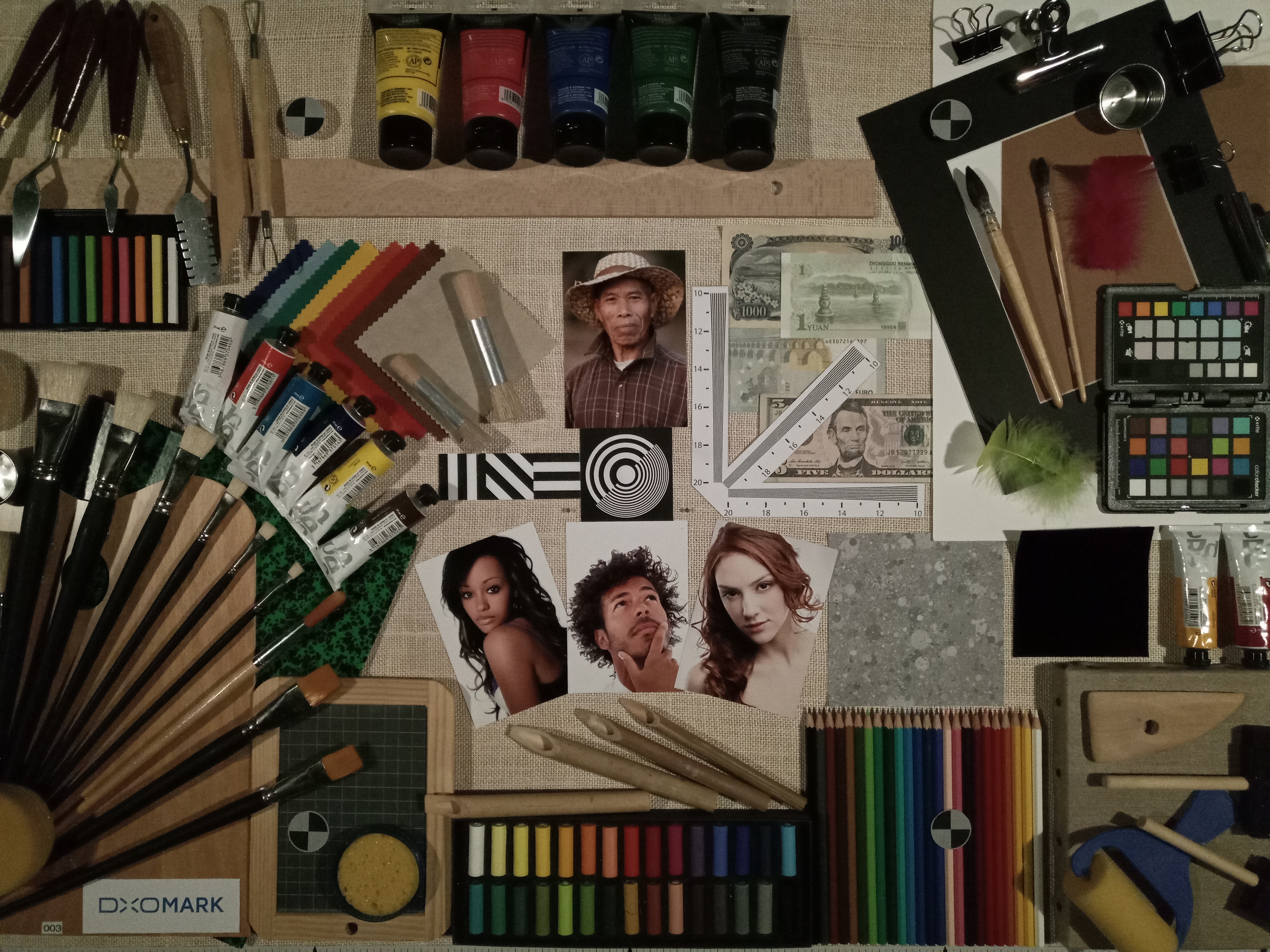

Autofocus
Gionee S10L
63
When triggering the shutter fast, the S10L’s autofocus is a little imprecise in all light conditions, with some variance in acutance between shots. This said, the autofocus achieves very good results when given time. The graph below shows that the autofocus works very accurately and consistently in low light (20 Lux) when given about two seconds to lock on. If you trigger the shutter sooner than that, however, results are much more unpredictable.
The S10L’s image processing generally favors smooth images over fine textures, resulting in low levels of detail even in outdoor conditions. As you can see in the sample below, a current high-end device, such as the Apple iPhone 8 Plus, captures noticeably better fine detail than the Gionee. And even the Samsung Galaxy S6, which is now a few years old, records a crisper image.
It’s also worth noting that the S10L does not adapt its exposure times for motion in the scene or for handheld shooting, so you are likely to see a dropoff in sharpness when shooting moving scenes, especially in low light. That said, this is something the Gionee has in common with most devices in its class.
Results are similar in lower light. The Gionee S10L image is soft compared to the other devices’ images. Despite the soft detail, noise is unfortunately still quite noticeable in dim conditions.

Noise
Gionee S10L
69
Thanks to aggressive noise reduction, noise levels are quite low in lab scenes compared to other devices, especially in bright light and indoor conditions. However, in real-life samples, coarse noise is still very noticeable in blue skies and in other areas of plain color, as you can see if you click through to the full-size version of the sample below.
In lower light, it becomes more obvious that the Gionee doesn’t manage the balancing act between noise reduction and detail retention very well. Due to strong denoising, fine textures are smeared and the levels of detail are low. And even so, luminance noise is clearly visible.

Artifacts
Gionee S10L
60
A loss of acutance in the field and a cyan-shift effect close to saturation in blue skies are the most noticeable artifacts in the Gionee S10L’s images, but vignetting and moiré patterns can also be an issue, especially in lower light. When zooming into the sample image below, you can see that sharpness is best at the center of the frame, and that image detail becomes visibly softer towards the edges.
The cyan-shift effect often occurs in brightness transitions in the sky, just before highlight clipping sets in. As you can see in the sample below, the Gionee’s shift towards cyan is very pronounced.

Flash
Gionee S10L
64
Flash images show generally low levels of detail and strong coarse noise, especially in corners of the image. Subjects tend to be a touch overexposed, and flash-only images show a pinkish color cast. There is also a very noticeable light fall-off towards the edges, and we also noticed exposure instabilities across a series of images of the same scene captured under identical conditions. Image results are very similar when flash is mixed with low tungsten light, except that there is little more color shading. Overall, as with most smartphones, the S10L’s flash should be regarded an emergency tool for illumination when ambient light is too low for flash-less shooting.

Zoom
Gionee S10L
22
The S10L zoom images at a 2x magnification factor are acceptable, but as already shown in the summary section at the beginning of this review, if you zoom further in, results are pretty poor. Unlike the Apple iPhone 8 Plus that we used for the comparison below, the Gionee relies on conventional digital zoom and struggles to capture any significant detail in the long-range shot below, which frames a test target chart at a distance of 250cm. There is also some coarse luminance noise visible.

Bokeh
Gionee S10L
15
Despite the dual-camera setup, the Gionee’s results in bokeh mode are poor, with very noticeable artifacts and depth estimation errors. It appears that in bokeh mode, the camera does not make good use of its face detection capabilities, as even faces are often partly (and strongly) blurred. Blur is also unnaturally strong overall, and transitions between sharp and blurred image areas are very abrupt. In short, the Gionee’s bokeh mode produces images that mostly look very unnatural, which is why its bokeh score is lower even than for some devices without a dedicated bokeh mode.
Video scores explained
The Gionee S10L achieved a lower score of 57 in our video analysis, compared to its still image score of 71. The overall Video score is calculated using the video subscores to give us some insight into the device’s strengths and weaknesses when shooting moving images: Exposure (56), Color (68), Autofocus (14), Texture (39), Noise (77), Artifacts (72), and Stabilization (40).
S10L video clips show low noise levels in brighter conditions, and its white balance system adapts smoothly to changes in light sources. The video mode is let down by its autofocus and stabilization, however. There is no continuous autofocus, and the camera focuses once when recording starts. If the subject moves out of the focus plane at any time during recording, it will be out of focus. You can trigger autofocus manually during recording, but it is quite slow and noticeably overshoots before locking on.
Image stabilization is quite inefficient as well, resulting in shaky images when shooting handheld or while walking. In bright light, frame rates are slightly lower than for many competitors at 25 fps, resulting in a noticeable judder effect when panning. In lower light, the Gionee’s frame rates drop even further — down to 18 fps at 20 Lux and to 14 fps in even lower light. Those low frame rates can result in a significant judder effect when panning. Other image quality characteristics are quite similar to what we have already seen in our still image analysis. Footage shows low levels of detail and limited dynamic range. Noise is pretty well-controlled in bright light, but gets more intrusive at lower light levels.
Conclusion: Decent results in the right conditions
The Gionee S10L is a mid-range phone that can achieve decent still image results, with good exposure and pleasant color, in the right conditions. Things get a little more difficult in more challenging situations, however. Dynamic range is quite limited, resulting in a loss of highlight and shadow detail in high-contrast scenes, and its generally quite low levels of detail are reduced further in dim light conditions. Despite featuring a dual-camera setup, the Gionee’s bokeh mode results are quite disappointing, with very poor subject isolation and unnaturally strong blur.
Video mode is best suited to fairly static scenes — and ideally, tripod-mounted shooting, as the camera does not offer continuous autofocus and image stabilization is quite inefficient. It would be foolish to expect a mid-range device like the Gionee S10L to perform on the same level as high-end devices from Apple, Samsung, or Huawei; however, based on camera performance alone, the S10L could have a tough time competing with some strong rivals in the mid-range bracket of the smartphone market.


Photo pros
- Low noise levels
- Good target exposure, even on backlit portraits
Pros
- Low noise levels in bright light
- Smooth white balance transition when illuminant changes
Cons
- Loss of detail in all conditions
- Limited dynamic range
- Visible color shading
- Corner softness, ringing and visible cyan-shift effect in skies
- Autofocus irregularities, loss of detail and visible noise, especially in the corners, when shooting with flash
- Strong artifacts, even on faces, when shooting in bokeh mode
- Loss of detail and artifacts along the edges when zooming to medium and long range
Cons
- No continuous AF available, when triggered manually AF is slow and noticeably overshoots
- Inefficient stabilization
- Limited dynamic range
- Exposure and white balance instabilities in indoor conditions when walking
- White balance cast in several conditions


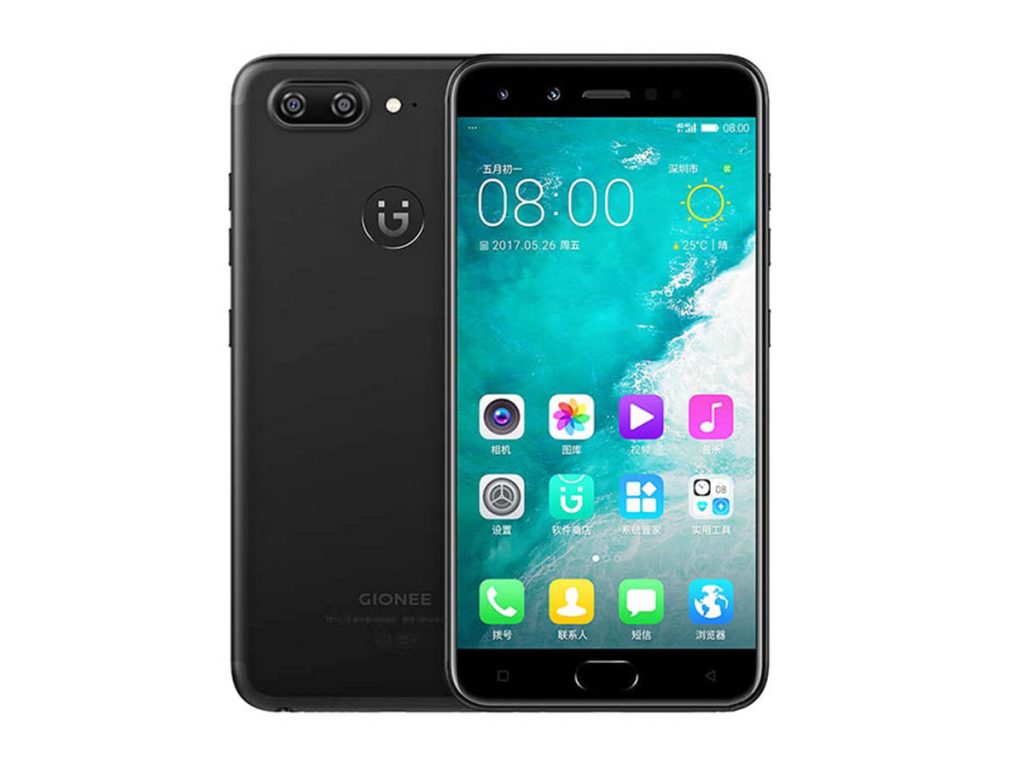


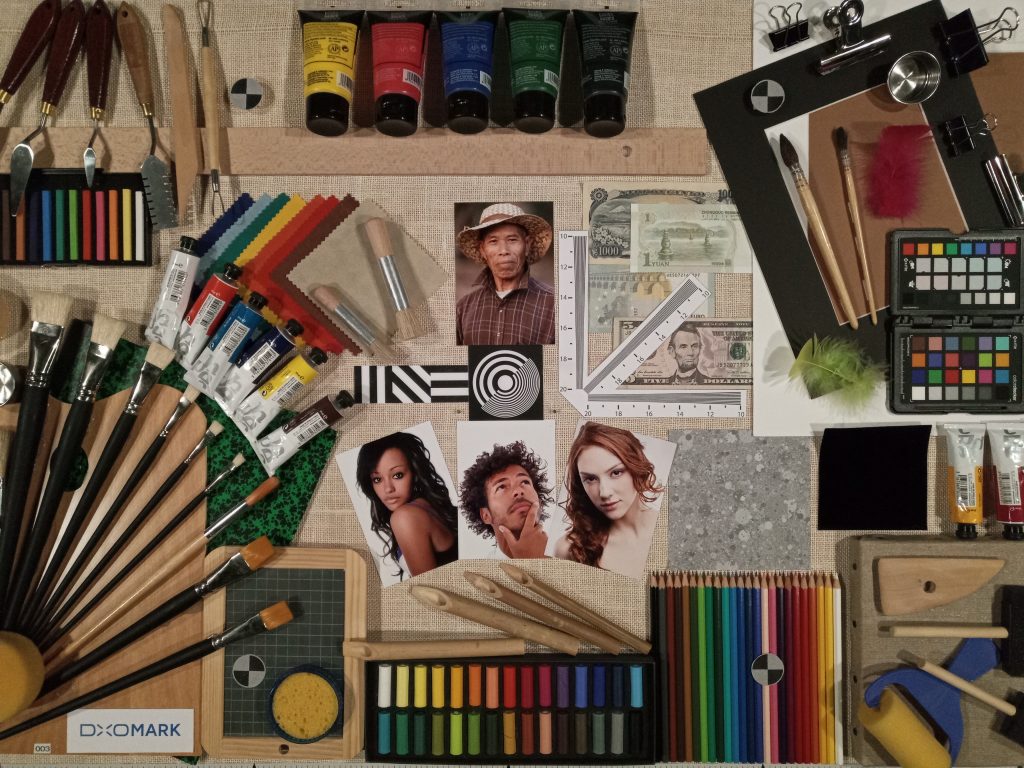
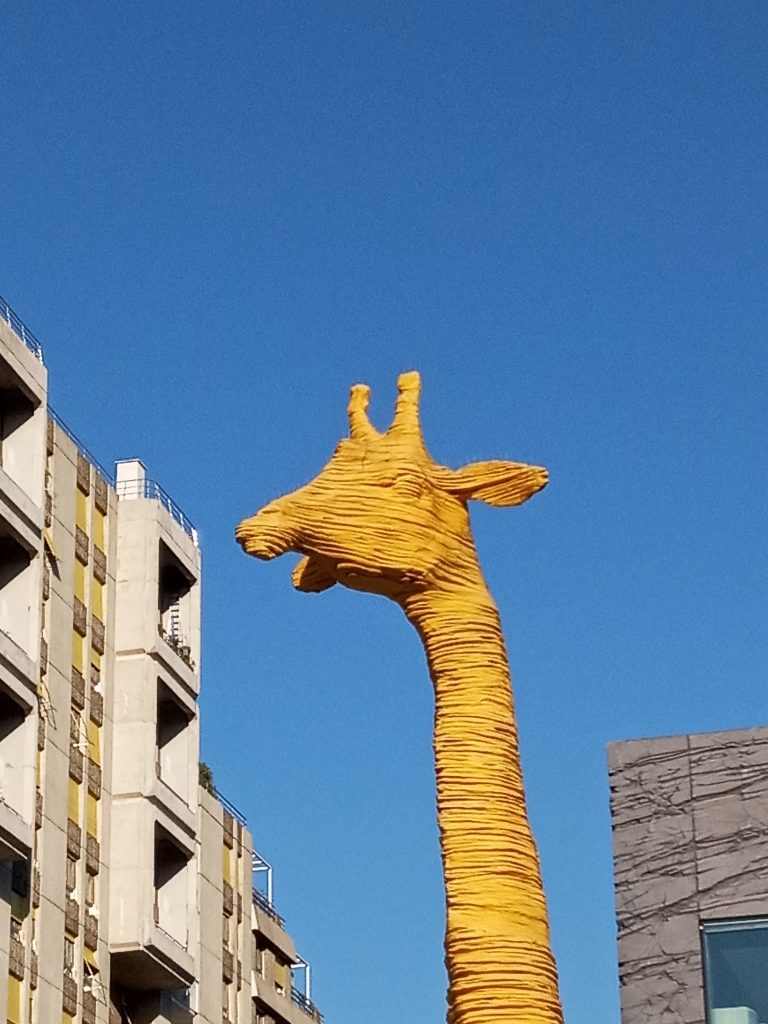



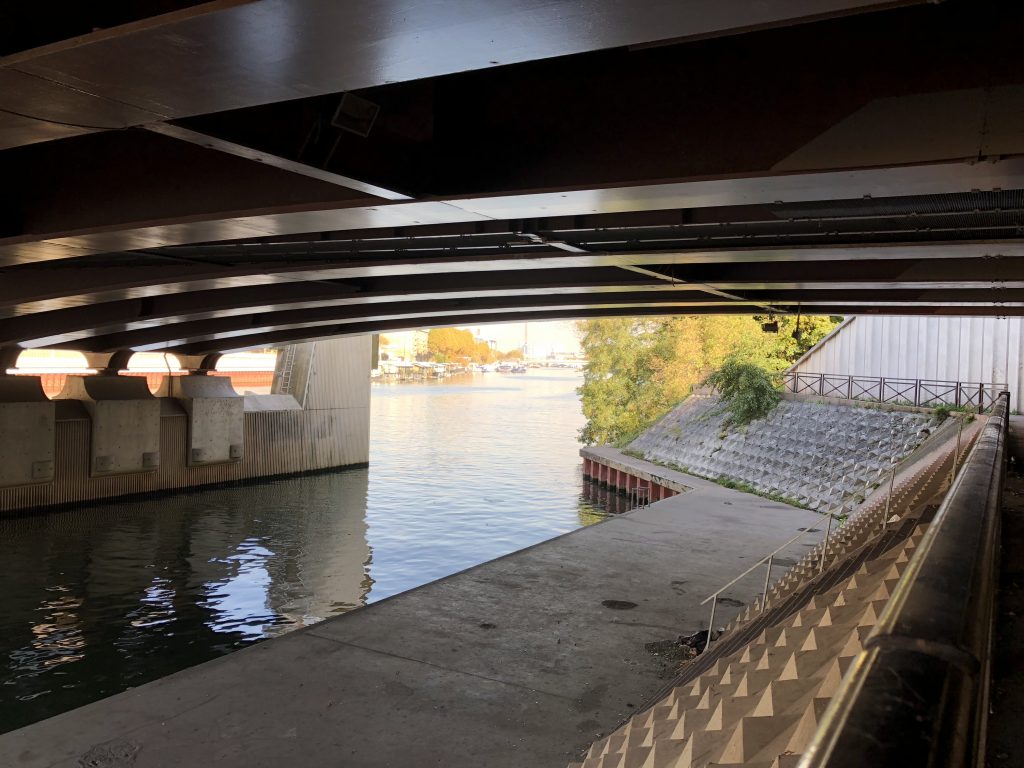

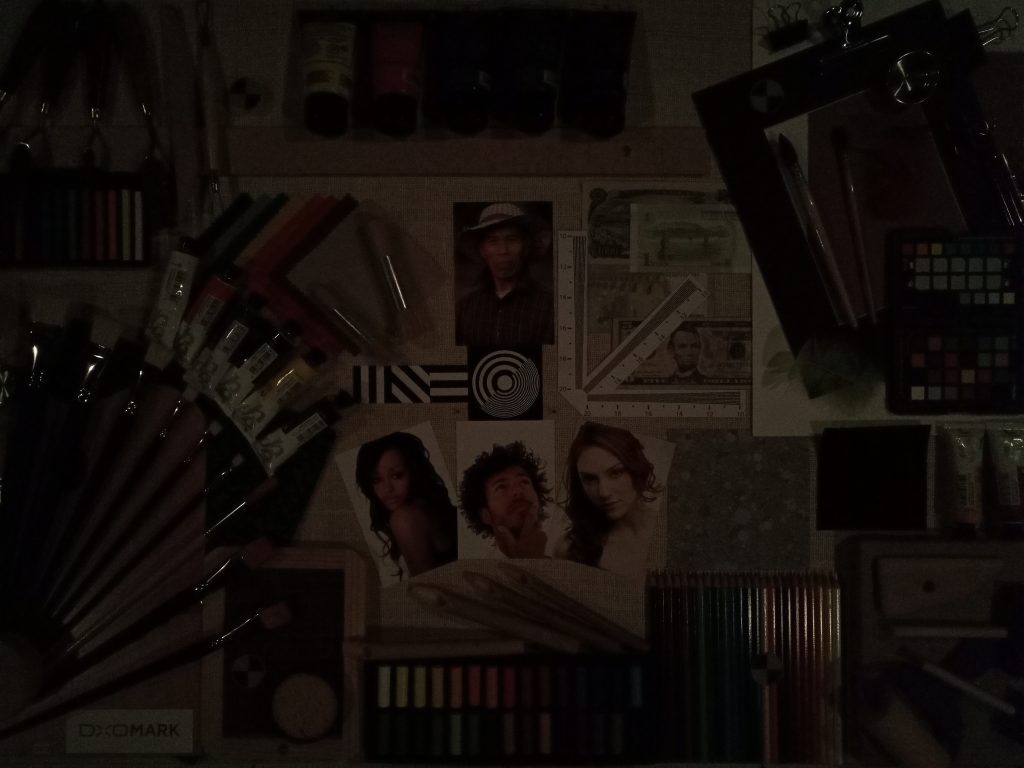
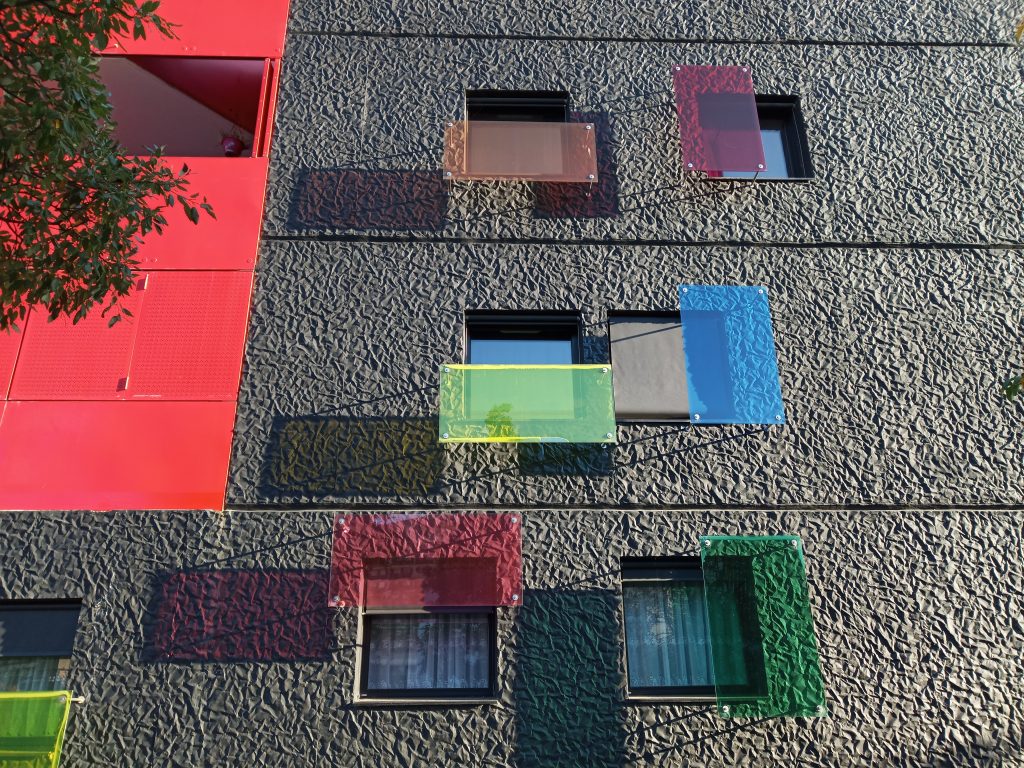



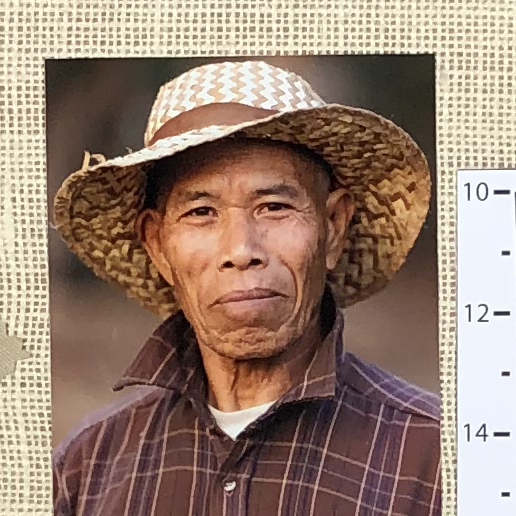
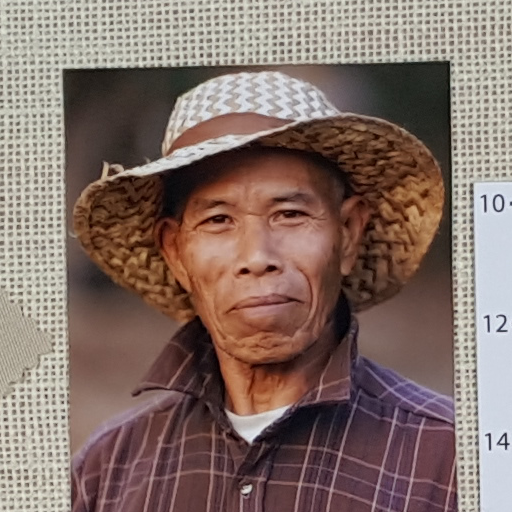
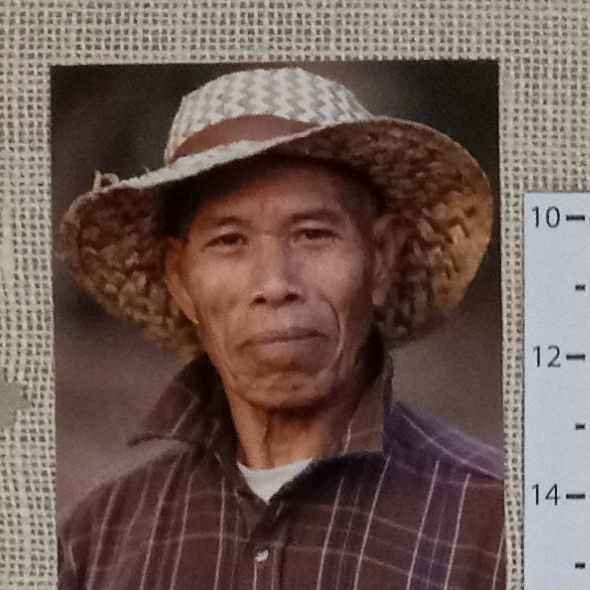



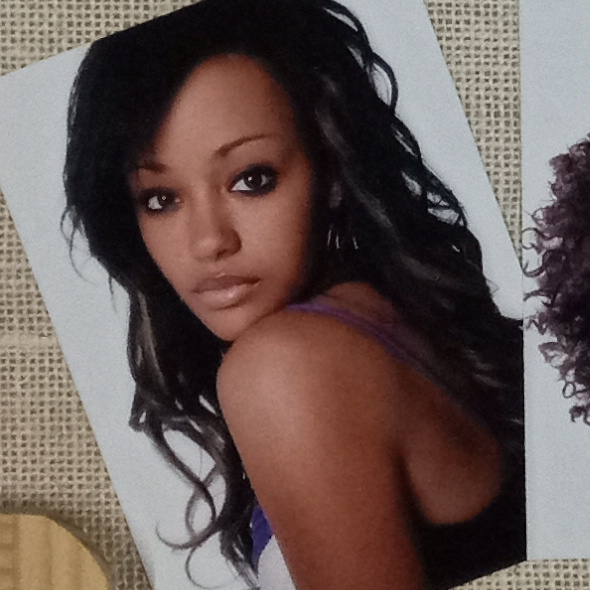



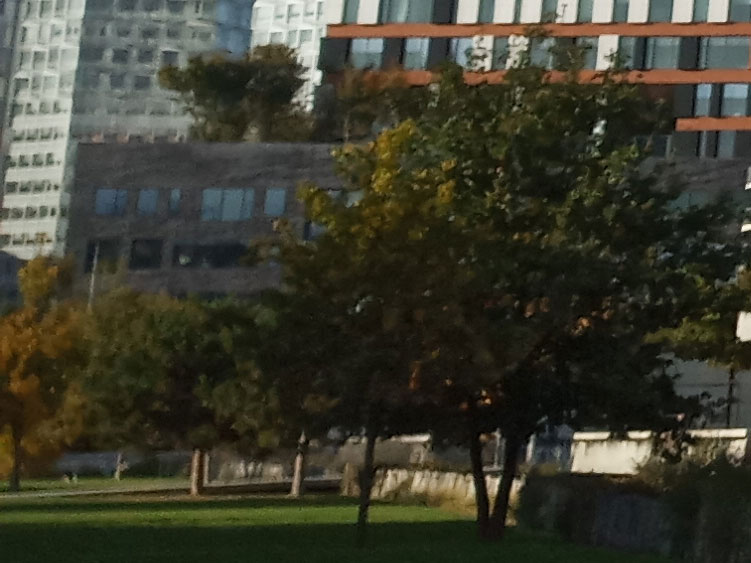

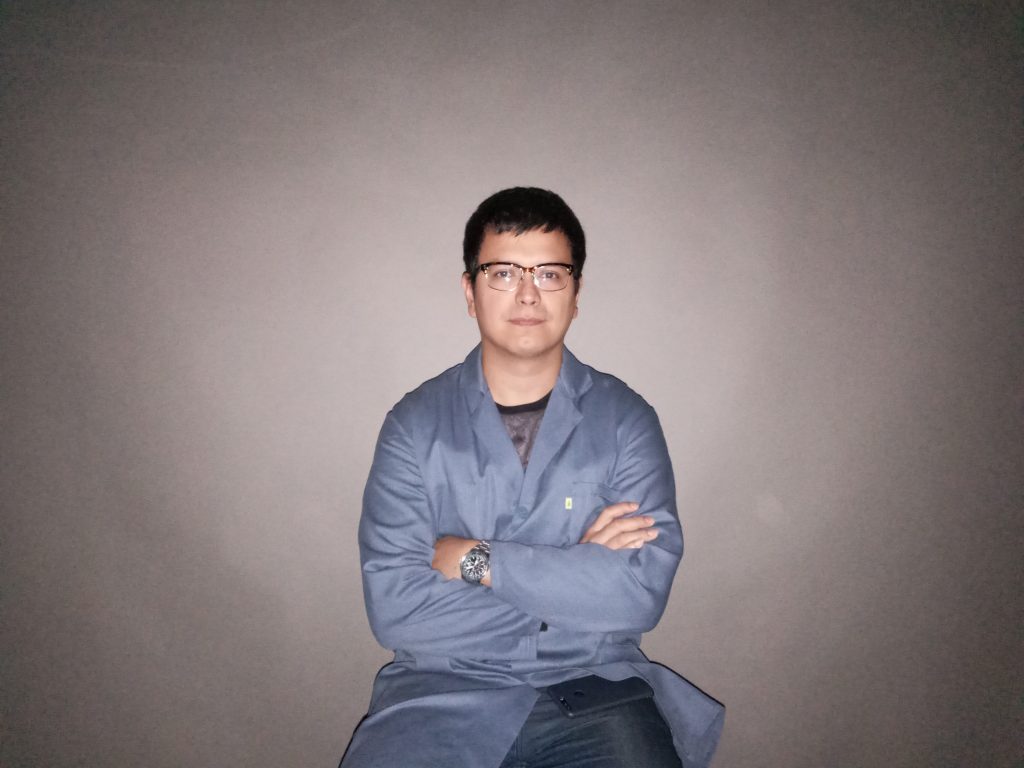
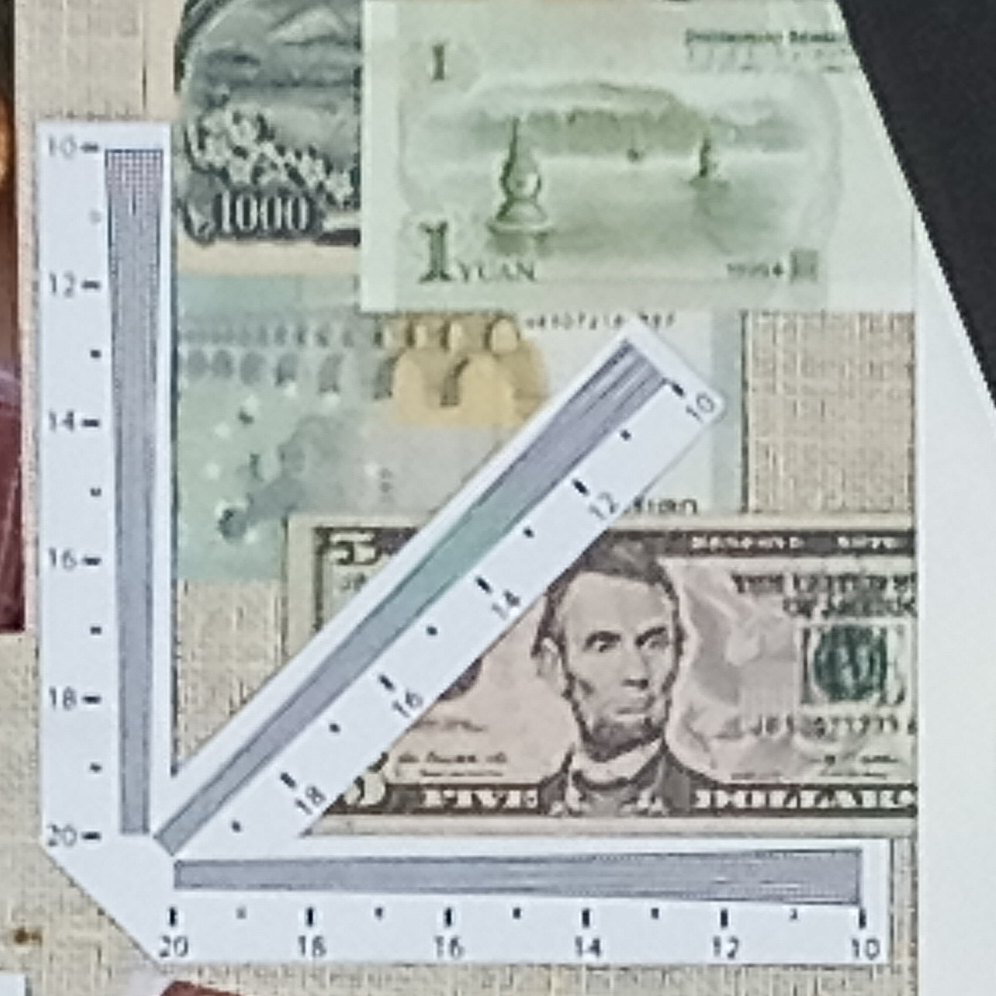
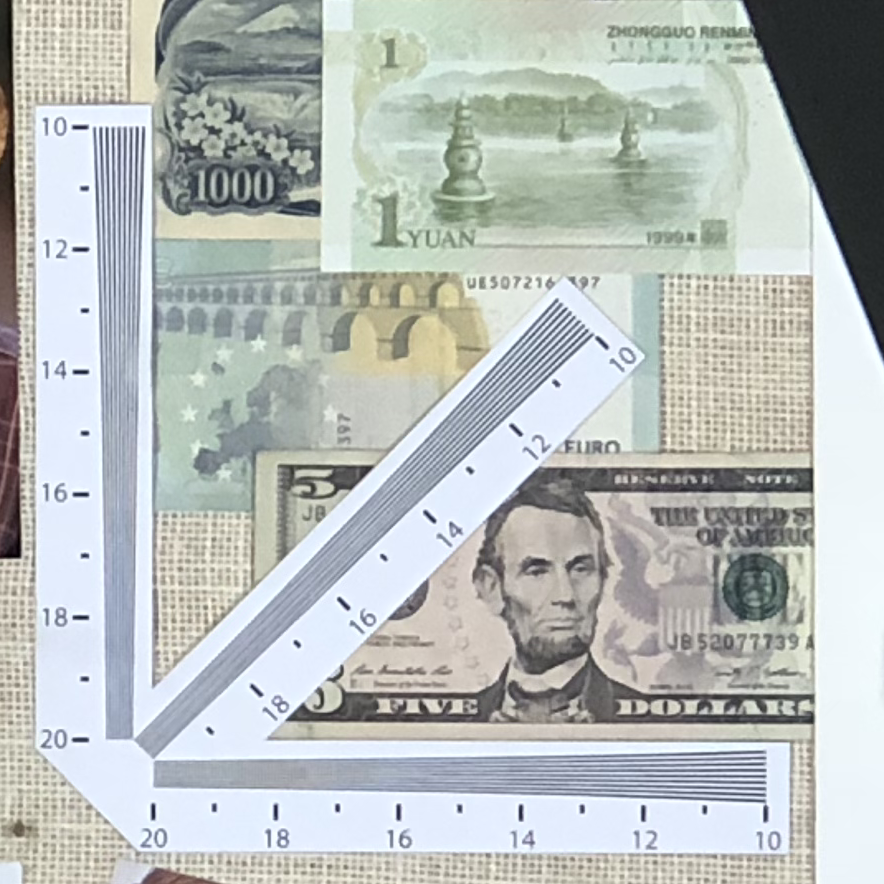

DXOMARK encourages its readers to share comments on the articles. To read or post comments, Disqus cookies are required. Change your Cookies Preferences and read more about our Comment Policy.